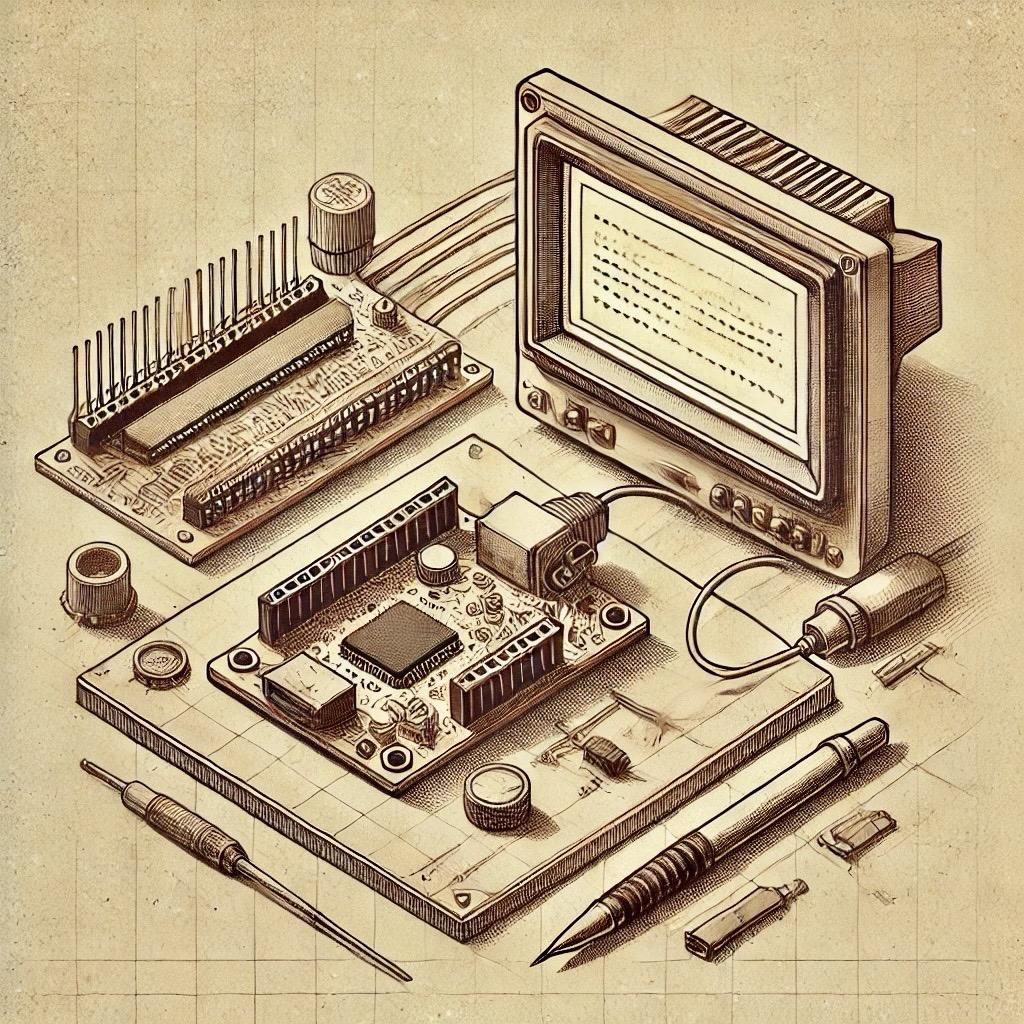Introduction
Difficulty Level: Intermediate
This tutorial will guide you through the process of interfacing a TFT display with an STM32 microcontroller. We will use the popular ILI9341 TFT display and the STM32CubeIDE for development.
Components Required
- STM32 development board (e.g., STM32F103C8T6)
- ILI9341 TFT display
- Jumper wires
- STM32CubeIDE
- Power supply for STM32 board
Step 1: Wiring the TFT Display
Connect the ILI9341 TFT display to your STM32 board as follows:
TFT Display | STM32 Pin
---------------|-------------
VCC | 3.3V
GND | GND
SDA (MOSI) | PA7
SCK (CLK) | PA5
DC/RS | PA4
CS | PA3
RESET | PA2
Step 2: Set Up the STM32 Project
1. Open STM32CubeIDE and create a new STM32 project.
2. Configure the GPIO pins for the SPI interface:
- Set the mode for the pins connected to SDA, SCK, DC/RS, CS, and RESET to "Output".
- Configure the SPI peripheral (e.g., SPI1) with the correct parameters (mode, baud rate, etc.).
3. Initialize the project to include the STM32 HAL library.
Step 3: Include Required Libraries
Download and include the TFT_eSPI library or a similar library compatible with STM32 to manage the display.
// Include necessary libraries
#include "stm32f1xx_hal.h"
#include "TFT_eSPI.h" // Make sure to use a compatible library
Step 4: Initialize the TFT Display
In your main code file, initialize the TFT display:
TFT_eSPI tft = TFT_eSPI(); // Create TFT object
void setup() {
HAL_Init(); // Initialize HAL
tft.begin(); // Initialize the TFT
tft.setRotation(1); // Set orientation
tft.fillScreen(TFT_BLACK); // Clear screen with black color
}
Step 5: Displaying Text and Graphics
To draw text or graphics on the TFT display, use the library functions. Here’s an example of displaying text:
void loop() {
tft.setTextColor(TFT_WHITE);
tft.setTextSize(2);
tft.setCursor(10, 10);
tft.println("Hello, STM32!");
// Draw a rectangle
tft.fillRect(20, 40, 100, 50, TFT_RED);
delay(1000); // Wait for a second
}
Step 6: Compile and Upload
Compile your project in STM32CubeIDE, ensure there are no errors, and upload the code to your STM32 board.
Conclusion
You have successfully interfaced a TFT display with an STM32 microcontroller! This setup can be expanded for more complex graphics and user interfaces.
